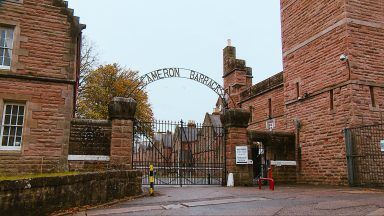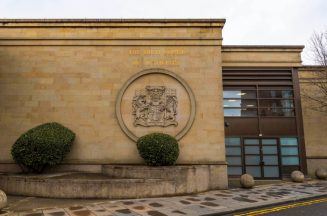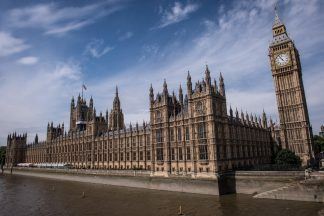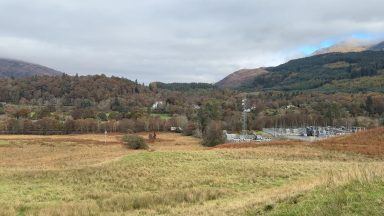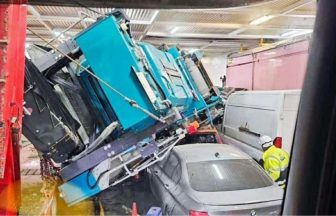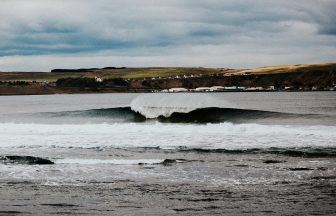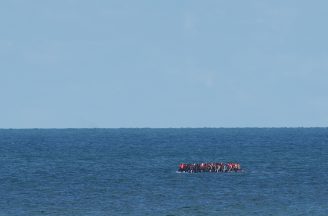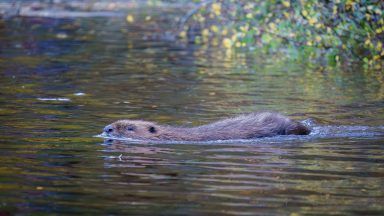Tools used by the earliest human populations have been found at an ancient Scottish settlement in the Isle of Skye.
A team of archaeologists and scientists led by Karen Hardy, professor of Prehistoric Archaeology at the University of Glasgow, discovered stone tools from the Late Upper Palaeolithic (LUP) period, around 11,500 years ago.
This discovery means the west coast now represents the largest concentration of evidence for these pioneer human populations anywhere in Scotland and reveals how early humans of this period ventured much further north than previously believed.
The wider context of these finds has been analysed in detail, with respect to highly detailed maps of local glacier formation and an enigmatic group of stone circular structures which appears to lie below modern sea level.
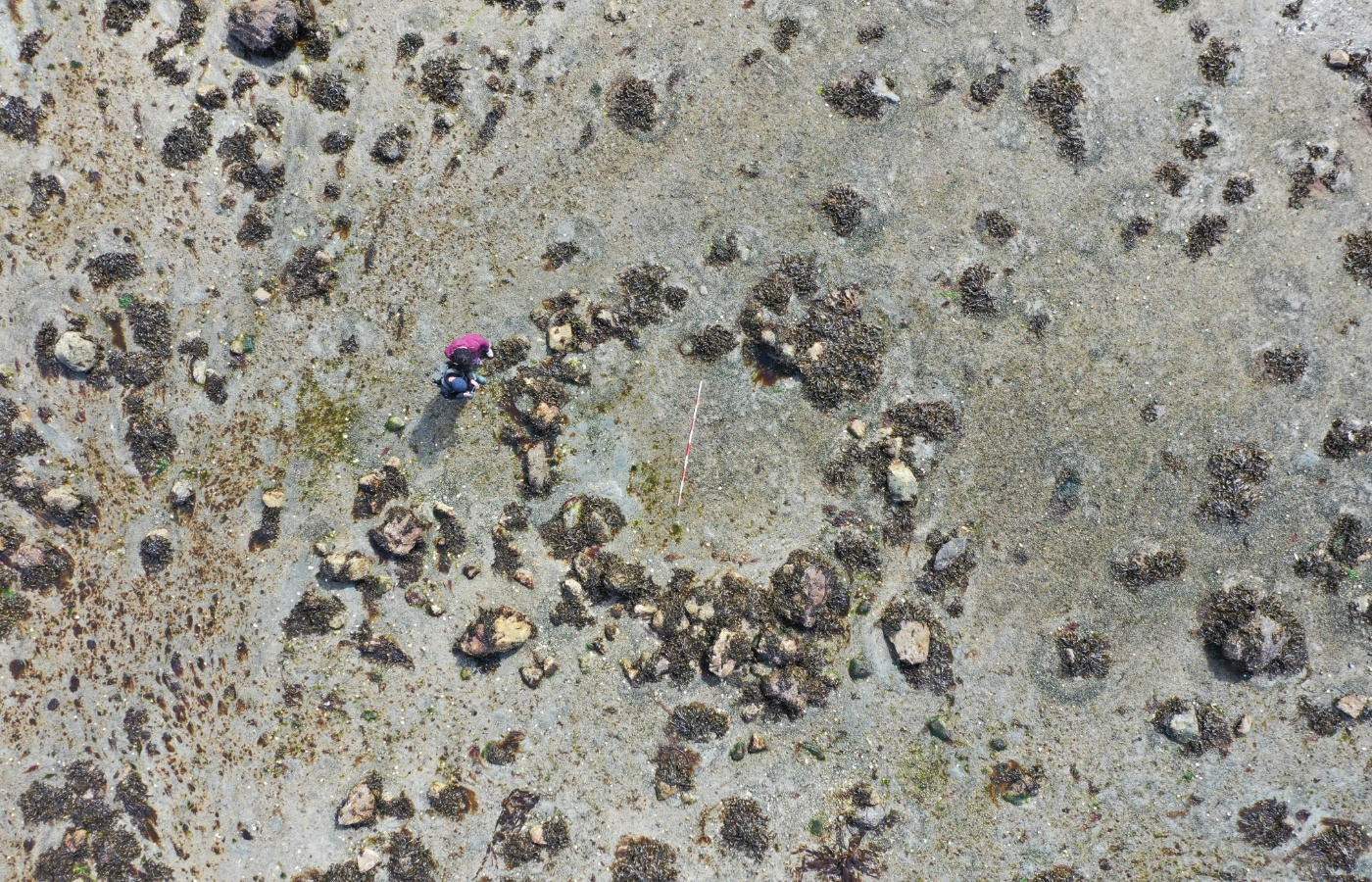 Jamie Booth
Jamie BoothProfessor Karen Hardy, who discovered the sites alongside local archaeologist, Martin Wildgoose, said: “This is a hugely significant discovery which offers a new perspective on the earliest human occupation yet known, of north-west Scotland.”
The Late Upper Palaeolithic (LUP) period came immediately after the Younger Dryas (also known as the Loch Lomond Stadial) when much of west Scotland was buried under ice.
The team from the universities of Leeds, Sheffield, Leeds Beckett and Flinders in Australia, determined that groups of nomadic hunter-gatherers most likely of the Ahrensburgian culture from northern Europe, crossed Doggerland, an area that is now covered by the North Sea, and established themselves on Skye.
Once they reached Skye, these early people crafted tools from stone found locally.
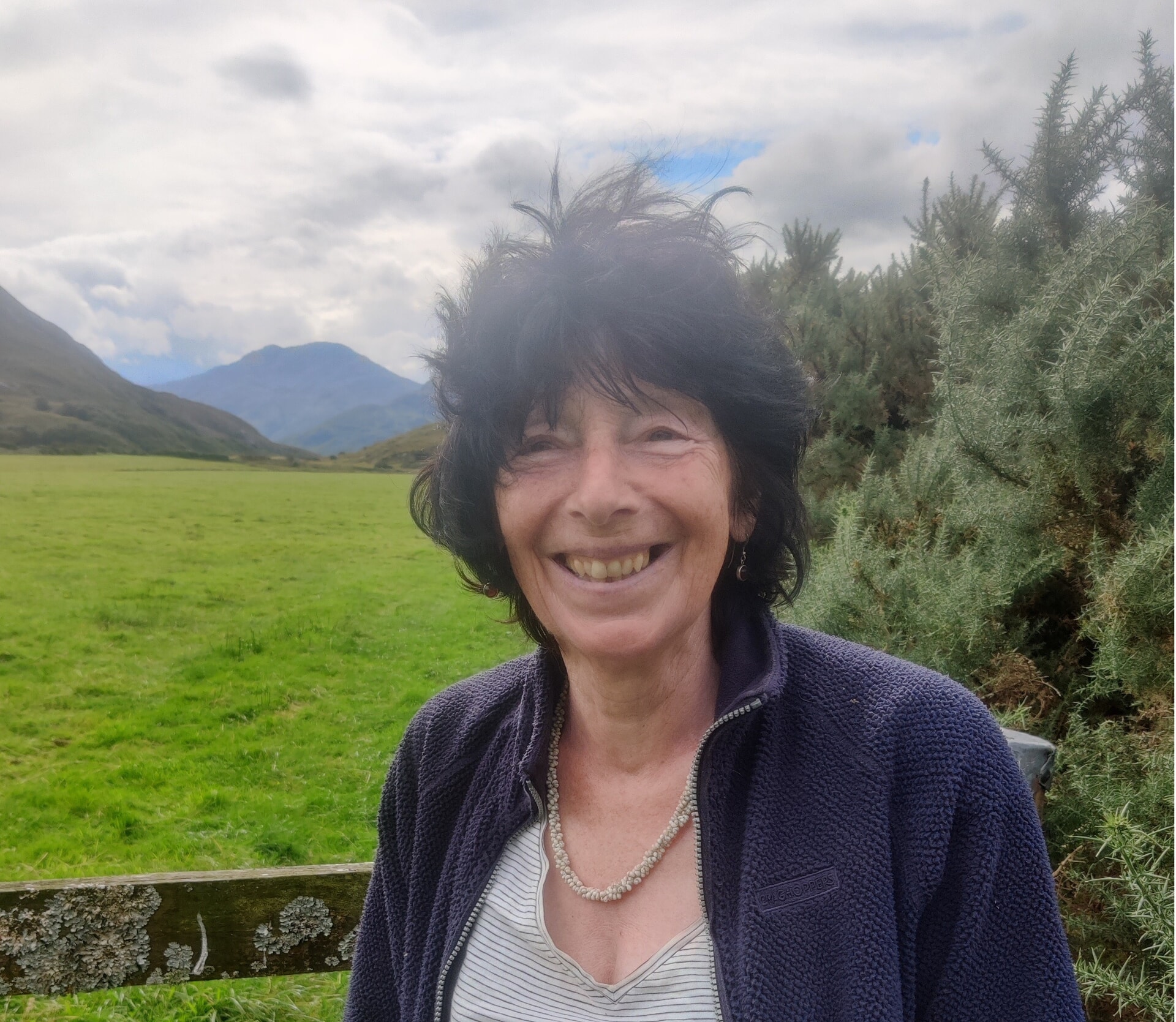 Karen Hardy
Karen HardyProfessor Hardy added that the journey made by this population of “pioneering people” is the ultimate adventure story.
“As they journeyed northwards, most likely following animal herds, they eventually reached Scotland, where the western landscape was dramatically changing as glaciers melted and the land rebounded as it recovered from the weight of the ice,” she said.
“A good example of the volatility they would have encountered can be found in Glen Roy, where the world-famous Parallel Roads provide physical testament to the huge landscape changes and cataclysmic floods that they would have encountered, as they travelled across Scotland.”
Professor Hardy believes the settlers deliberately and strategically chose where to base themselves as they selected a location that had good access to coastal and riverine resources, as well as natural materials like ochre that was highly valued by ancient cultures.
Although the sites themselves cannot be visited, the landscape these early pioneers encountered can be imagined at Sconser.
Around 11,000 years ago, after the last of the Cuillin Mountain glaciers had melted, the sea level would still be lower than today, and it would have been possible to walk to Raasay.
Follow STV News on WhatsApp
Scan the QR code on your mobile device for all the latest news from around the country


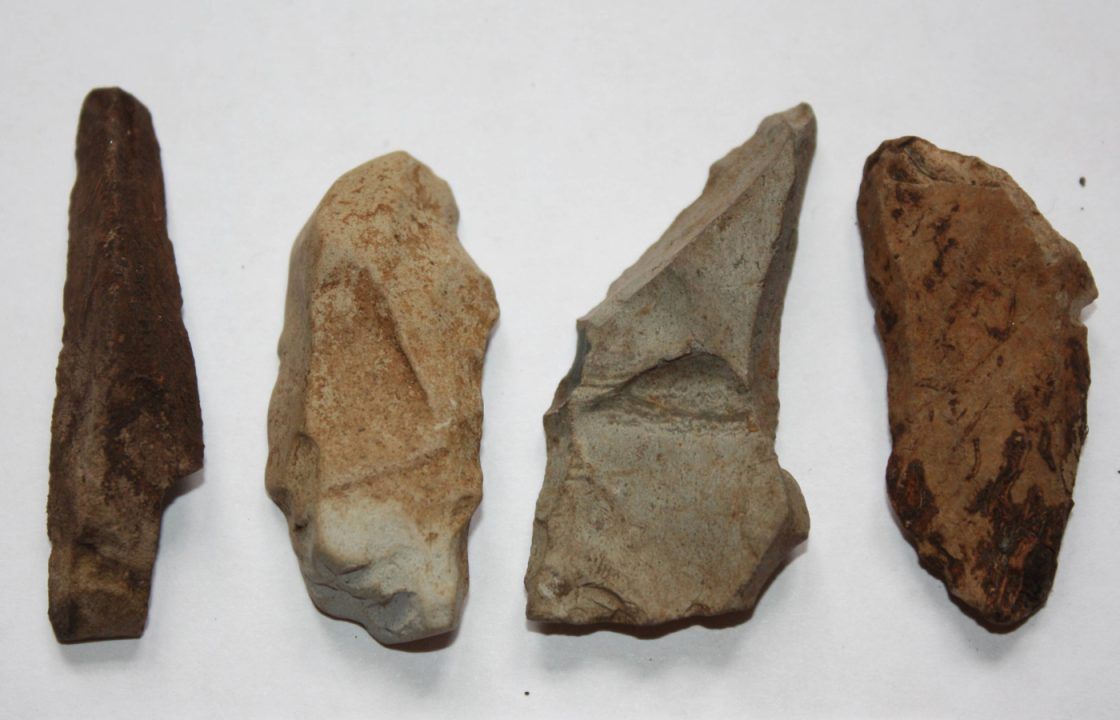 Karen Hardy
Karen Hardy

